The London Museums of Health & Medicine is a group that brings together some of the activities of several museums in London, England, related to health and medicine. The group was founded in 1991.

Whittington Hospital is a district general and teaching hospital of UCL Medical School and Middlesex University School of Health and Social Sciences. Located in Upper Holloway, it is managed by Whittington Health NHS Trust, operating as Whittington Health, an integrated care organisation providing hospital and community health services in the north London boroughs of Islington and Haringey. Its Jenner Building, a former smallpox hospital, is a Grade II listed building.
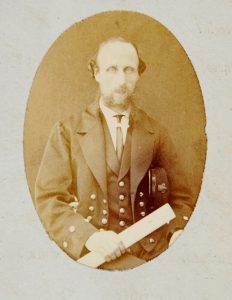
James Henry Pullen (1835–1916), also known as the Genius of Earlswood Asylum, was a British savant, who possibly had aphasia.

The Royal Earlswood Hospital, formerly The Asylum for Idiots and The Royal Earlswood Institution for Mental Defectives, in Redhill, Surrey, was the first establishment to cater specifically for people with developmental disabilities. Previously they had been housed either in asylums for the mentally ill or in workhouses.

Rampton Secure Hospital is a high-security psychiatric hospital near the village of Woodbeck between Retford and Rampton in Nottinghamshire, England. It is one of three high-security psychiatric hospitals in England, alongside Ashworth Hospital in Merseyside and Broadmoor Hospital in Berkshire. It is managed by Nottinghamshire Healthcare NHS Foundation Trust.
Care in the Community is a British policy of deinstitutionalisation, treating and caring for physically and mentally disabled people in their homes rather than in an institution. Institutional care was the target of widespread criticism during the 1960s and 1970s, but it was not until 1983 that the government of Margaret Thatcher adopted a new policy of care after the Audit Commission published a report called 'Making a Reality of Community Care' which outlined the advantages of domiciliary care.
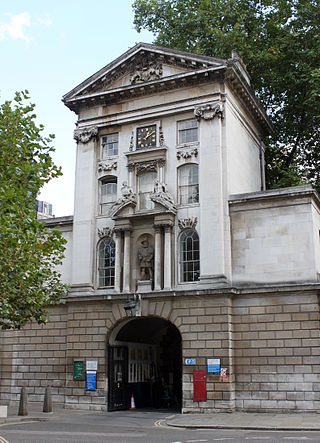
St Bartholomew's Hospital, commonly known as Barts, is a teaching hospital located in the City of London. It was founded in 1123 and is currently run by Barts Health NHS Trust.

John Langdon Haydon Down was a British physician best known for his description of the genetic condition now known as Down syndrome, which he originally classified in 1862. He is also noted for his work in social medicine and as a pioneer in the care of mentally disabled patients.
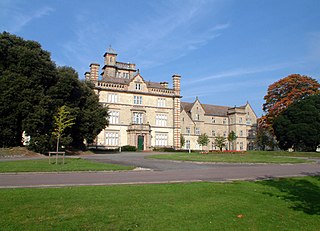
Fulbourn Hospital is a mental health facility located between the Cambridgeshire village of Fulbourn and the Cambridge city boundary at Cherry Hinton, about 5 miles (8 km) south-east of the city centre. It is managed by the Cambridgeshire and Peterborough NHS Foundation Trust. The Ida Darwin Hospital site is situated behind Fulbourn Hospital. It is run and managed by the same trust, with both hospitals sharing the same facilities and staff pool.

The name National Health Service (NHS) is used to refer to the publicly funded health care services of England, Scotland and Wales, individually or collectively. Northern Ireland's services are known as 'Health and Social Care' to promote its dual integration of health and social services.
The Down's Syndrome Association (DSA) is a British charity which describes itself as being the only organisation in the United Kingdom that focuses solely on all aspects of living successfully with Down's syndrome.
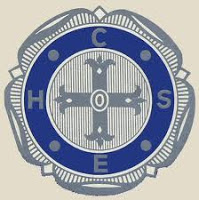
The Confederation of Health Service Employees (COHSE) was a United Kingdom trade union representing workers primarily in the National Health Service.
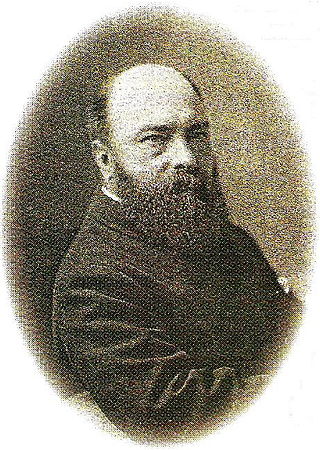
Rowland Plumbe, also known as Roland Plumbe, was an English architect, famous for being the author of many residential schemes across London, many being considered the first examples of the Victorian Garden City.

Richmond Royal Hospital, on Kew Foot Road in Richmond, London, England, is a mental health facility operated by South West London and St George's Mental Health NHS Trust, which has its headquarters at Springfield Hospital in Tooting. The hospital's original block is Grade II listed.
North East London NHS Foundation Trust (NELFT) is an NHS foundation trust which provides mental and community health services. It runs Foxglove Ward, Goodmayes Hospital and Sunflowers Court in Ilford, Phoenix House in Basildon, Heronwood & Galleon Inpatient Facility in Wanstead, Grays Court Community Hospital in Dagenham, and Hawkwell Court in Chingford. Altogether it operates from more than 150 sites.

Ely Hospital was a large psychiatric hospital in the Ely district of Cardiff, Wales. An enquiry into the ill-treatment of patients at the hospital led to reforms to services for people with intellectual disabilities throughout the UK.

The Normansfield Theatre is a Victorian era building in Teddington, England.
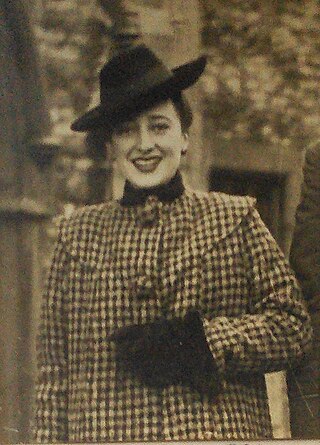
Barbara Robb was a British campaigner for the well-being of older people, best known for founding and leading the pressure group AEGIS and for the book Sans Everything: A Case to Answer.
Colm Sean O'Kane was a trade unionist from Northern Ireland.


















